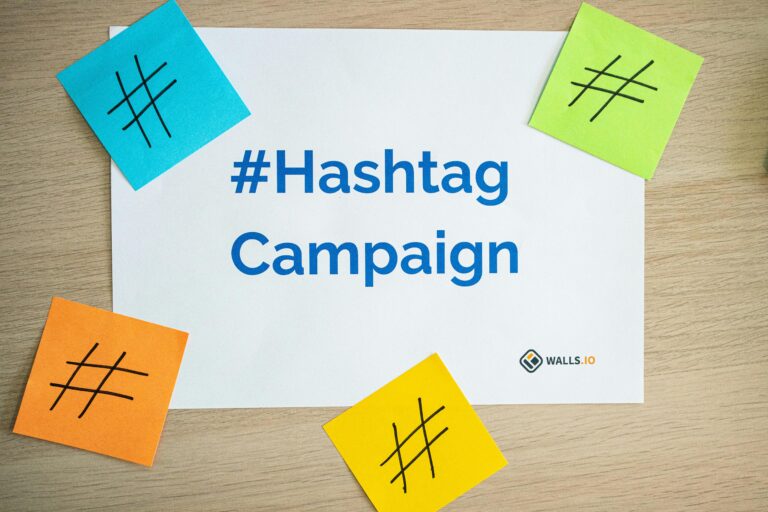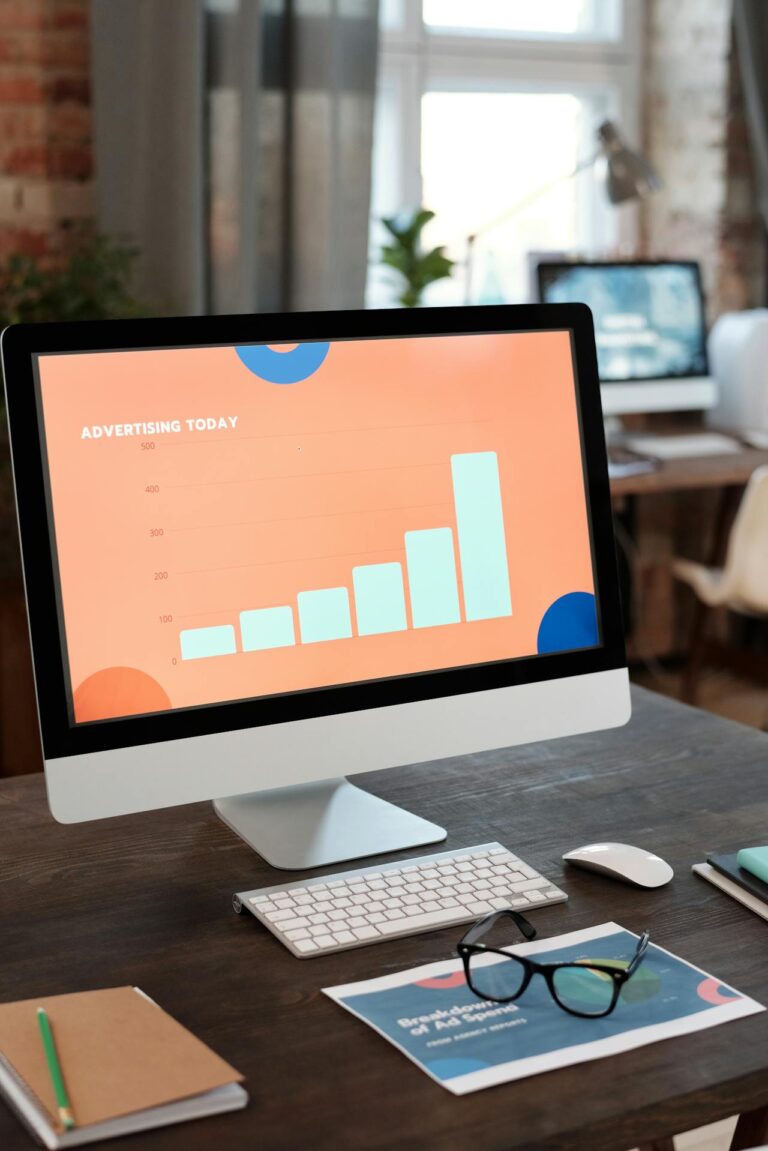Digital vs. Offset Printing: What’s Best for Your Business?
To Print Or Not Print
If you’re looking to print marketing materials, business cards, or promotional products, you’ve likely come across two major printing methods: digital printing and offset printing. But which one is right for your business?
Both methods have their strengths and weaknesses, and the best choice depends on factors like budget, turnaround time, quality, and order size. In this guide, we’ll break down the differences, costs, and ideal use cases to help you make the best decision for your printing needs.
Understanding Digital and Offset Printing
What is Digital Printing?
Digital printing is a modern method that uses laser or inkjet printers to transfer images directly onto paper. Unlike offset printing, it doesn’t require printing plates, making it an excellent choice for small runs, quick turnarounds, and variable data printing.
Pros of Digital Printing:
- Faster turnaround times (no plate setup required)
- Cost-effective for small print runs
- Easier customization (personalized prints, changing names, QR codes, etc.)
- Less waste (print only what you need)
Cons of Digital Printing:
- Limited color accuracy (compared to offset)
- Higher cost per unit for large orders
- Less paper and finish options
What is Offset Printing?
Offset printing is a traditional technique where ink is transferred from a metal plate to a rubber blanket and then onto the paper. It is ideal for high-volume printing and provides superior quality and color consistency.
Pros of Offset Printing:
- Best for high-volume printing (lower cost per unit at scale)
- Superior color accuracy and quality
- More options for paper types and finishes
- Durable and long-lasting prints
Cons of Offset Printing:
- Longer turnaround times (plates need to be prepared)
- Expensive for small runs
- Not ideal for customization (each print must be identical)
Cost Comparison: Digital vs. Offset Printing
Cost is a significant factor in deciding between digital and offset printing. Below is a comparison table showing the average costs and best use cases for each method.
| Print Quantity | Digital Printing Cost per Unit | Offset Printing Cost per Unit | Best Option |
|---|---|---|---|
| 50 prints | $2.00 | $5.00 | Digital |
| 100 prints | $1.50 | $3.50 | Digital |
| 500 prints | $1.00 | $1.80 | Digital |
| 1,000 prints | $0.75 | $1.00 | Offset |
| 5,000 prints | $0.50 | $0.40 | Offset |
| 10,000 prints | $0.35 | $0.25 | Offset |
What This Means:
- If you need under 500 prints, digital printing is more affordable and faster.
- If you need 1,000+ prints, offset printing is cheaper per unit and offers higher quality.
- If you require variable data printing (e.g., different names on invitations), digital is the only option.
When to Use Digital Printing
Digital printing is best for:
- Small businesses and startups (affordable, flexible orders)
- On-demand printing (quick turnarounds, small batches)
- Personalized marketing materials (customized names, addresses, QR codes)
- Short-term promotions (flyers, posters, event invites)
Examples of Digital Printing Products:
- Business cards (small runs, one-time prints)
- Brochures for limited-time events
- Personalized direct mail campaigns
- Wedding invitations with unique guest names
When to Use Offset Printing
Offset printing is best for:
- Large print runs (1,000+ copies)
- Brands needing perfect color matching (logos, corporate identity materials)
- High-end materials (premium finishes, specialty papers)
- Long-term marketing materials (catalogs, books, branded stationery)
Examples of Offset Printing Products:
- Large-scale magazine production
- Packaging materials for retail brands
- High-end restaurant menus with specialty finishes
- Company-branded notepads and office supplies
The Best Marketing Channels for Digital and Offset Printing
Your choice of printing method should align with how you plan to distribute your materials. Here’s a breakdown of the best marketing channels for each:
Best Channels for Digital Printing:
- Social Media Promotions – Quick-turnaround flyers and posters for online campaigns.
- Email Marketing (with Print Follow-Up) – Personalized mailers for targeted leads.
- Local Events & Networking – Small-batch business cards or brochures for face-to-face meetings.
Best Channels for Offset Printing:
- Print Advertising – High-quality magazine ads and brochures.
- Retail & Packaging – Premium, long-term branding materials.
- Corporate Events & Conferences – Bulk print materials for large audiences.
Final Thoughts: Which Should You Choose?
Choosing between digital and offset printing comes down to your specific needs:
- If you need quick, affordable, and small-scale prints, go digital.
- If you need large volumes, premium quality, and cost efficiency at scale, go offset.
- If you require customization or on-demand prints, digital is your best bet.
Both methods have their place in modern marketing. By understanding their strengths, you can maximize your printing budget and create impactful promotional materials for your brand!
Got a printing project in mind? Now you know exactly which method to use!



